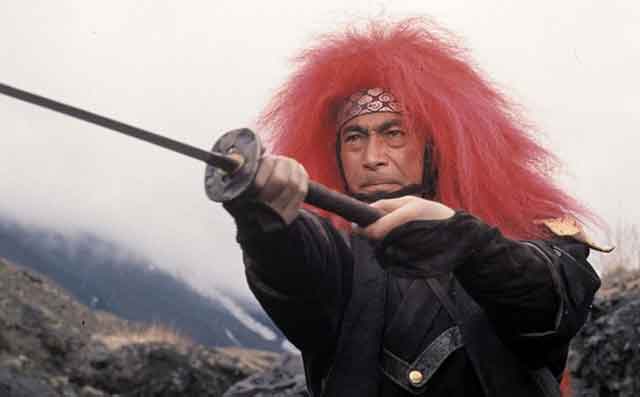
The film by the Japanese director Kihachi Okamoto "Red Lion" was first seen by the audience in 1969. The plot of the picture takes place during a period of turbulent events in the history of Japan in 1866-67, which ended the Edo era and preceded the imperial restoration. Kihachi Okamoto's favorite features are the introduction of sudden plot twists and an unexpected ending. The film "Red Lion" was no exception in this sense. It begins as a set of comedic situations that take place with comical characters. But gradually the plot becomes more and more serious coloring and eventually ends in tragedy.
In Japan, the period of two centuries of rule of the Tokugawa shoguns ends. The protagonist Gonzo serves in the army of supporters of the monarch. They are fighting to preserve the full power of the emperor, for this they promise the people to reduce the number of taxes by half. Gonzo begs his commander to send him to the old city for negotiations. Gonzo has lived in this area before, so everything is familiar to him there. To add solidity, a man chooses a commander's headdress, which is a red lion's mane.
Everyone in the city thinks that Gonzo has become a military officer, and they praise him for his heroism and courage. The locals consider their fellow countryman to have specially come to them to protect them from corrupt government officials. Therefore, they do not listen to his speech about the next tax cut, but talk about their problems. Gonzo learns that the townspeople have been deceived by an evil judge for many years. The man has to come to terms with the fact that he will not be able to read his own appeals to the inhabitants, and start fighting the fanatics of the Shogunate in order to help his fellow countrymen.
The film "Red Lion" also introduced a romantic story. Gonzo's old love, Tommy's girlfriend, remained in the city. She hopes that the newly flared feelings between them are sincere. But Tomie fears that if she believes her fiancé and stops agreeing with the policies of powerful and corrupt officials, then her life will never change for the better.
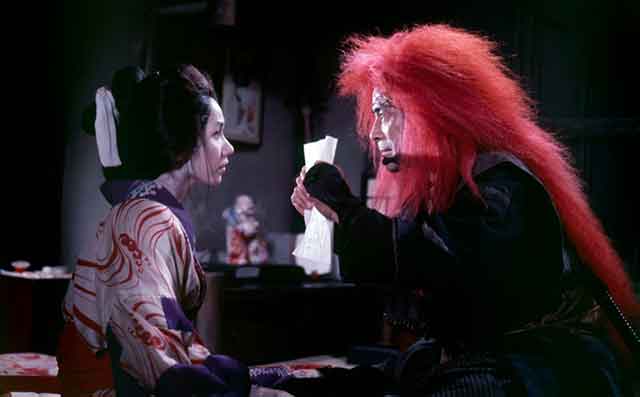
The main role in the film "Red Lion" was played by the famous Japanese actor Toshiro Mifune, who played in many cult Japanese films. Therefore, he is considered the most famous Japanese actor outside the country.
See also
-
Tatara Samurai
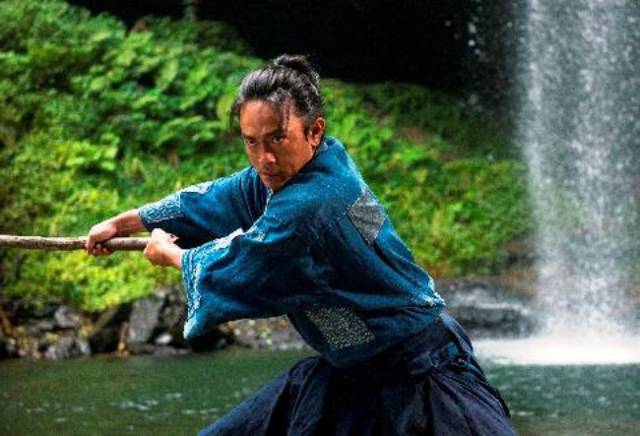
One day, bandits raid the quiet Tatara village, renowned for its steelworks and sword craftsmanship. Despite the arrival of samurai to protect the villagers, young Gosuke's mother is tragically killed while fleeing with him.
-
Samurai Fiction
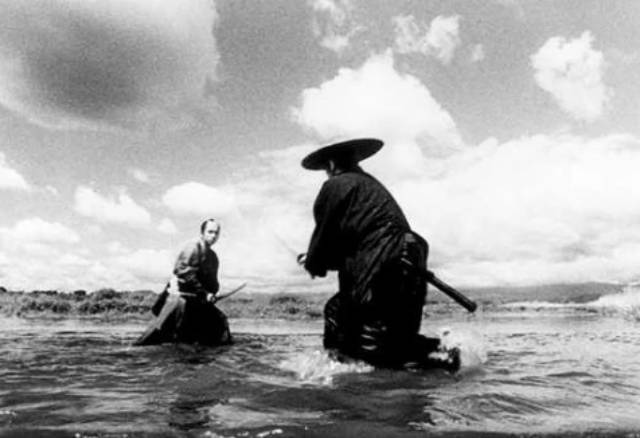
Samurai Fiction is a 1998 samurai-comedy film directed by Hiroyuki Nakano. The movie stands out for being filmed almost entirely in black-and-white, paying homage to classic jidaigeki samurai films. However, what sets it apart from its inspirations, including the works of Akira Kurosawa, is its modern twist, notably Tomoyasu Hotei's rock-and-roll soundtrack. A loose spinoff, Red Shadow, was released in 2001.
-
Rurouni Kenshin
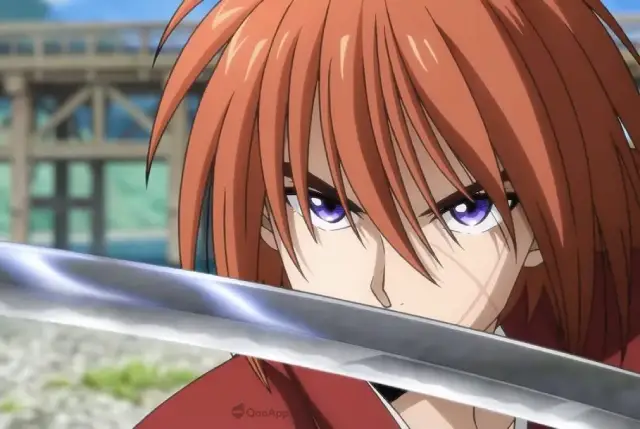
Rurouni Kenshin: Meiji Swordsman Romantic Story (Japanese: Hepburn: Rurōni Kenshin -Meiji Kenkaku Roman Tan-) is a Japanese manga series created by Nobuhiro Watsuki. Set in 1878, during the 11th year of the Meiji era in Japan, the story follows a former assassin known as Hitokiri Battosai. After his role in the turbulent Bakumatsu period, he adopts the identity of Himura Kenshin, a wandering swordsman who vows never to kill again. He dedicates his life to protecting the people of Japan. Watsuki crafted this series with the intent to create a unique shōnen manga, distinguishing it with a protagonist who is a former assassin and a narrative that becomes increasingly serious as it progresses.
-
Samurai Spy
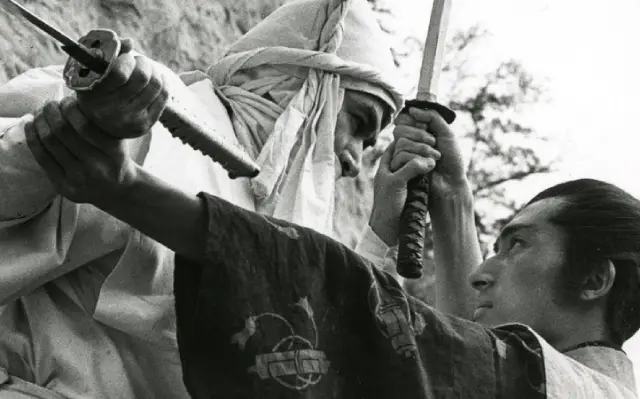
Samurai Spy (Ibun Sarutobi Sasuke), also known as Spy Hunter, is a 1965 film directed by Masahiro Shinoda, adapted from a novel by Koji Nakada. The film follows the legendary ninja Sasuke Sarutobi as he hunts the elusive spy Nojiri, while a shadowy figure named Sakon leads a group of men with their own designs on Nojiri. As the pursuit unfolds, the lines between allies and enemies blur, leaving everyone unsure of each other's true allegiance. Created during the height of the Cold War, the movie reflects the complexities and shifting loyalties of spies caught in the power struggles of their era.
-
Samurai III: Duel at Ganryu Island
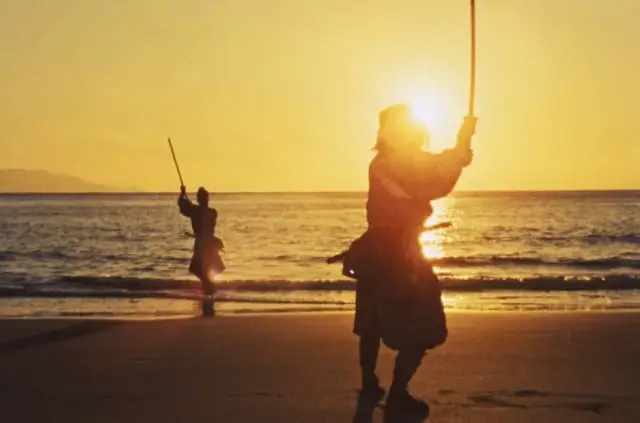
Samurai III: Duel at Ganryu Island (Japanese: Hepburn: Miyamoto Musashi Kanketsuhen: Ketto Ganryūjima) is a 1956 Japanese film directed by Hiroshi Inagaki and starring Toshiro Mifune. Filmed in Eastmancolor, it serves as the concluding chapter of Inagaki's Samurai Trilogy.
-
Samurai Marathon
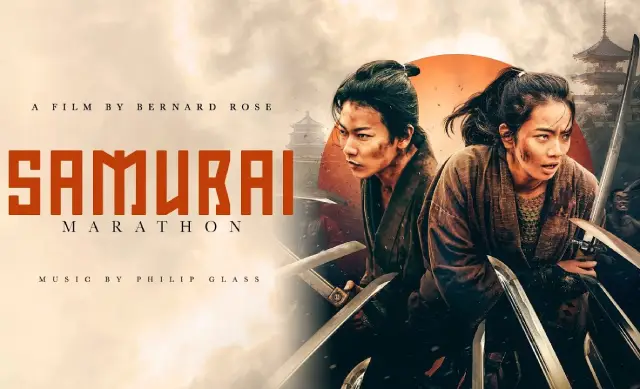
The producing team behind Takashi Miike's "13 Assassins," Jeremy Thomas and Toshiaki Nakazawa, reunite for another visually striking and action-packed samurai film. Based on a novel by Akihiro Dobashi, this film may not reach the same heights of relentless carnage or critical acclaim as its predecessor, but it still offers an exciting and occasionally humorous addition to the samurai genre, likely to resonate with festival audiences. This story of a literal running battle between rival samurai factions could see moderate success in theaters, though it may require more marketing effort without the ultra-violent appeal that made "13 Assassins" memorable.
-
Samurai II: Duel at Ichijoji Temple (1955)
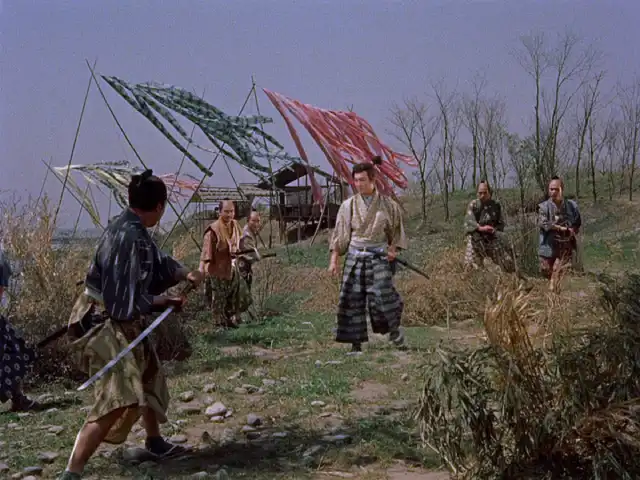
Duel at Ichijoji Temple (Hepburn: Zoku Miyamoto Musashi: Ichijōji no Kettō) is a 1955 Japanese film directed by Hiroshi Inagaki and starring Toshiro Mifune. Filmed in Eastmancolor, it is the second installment in Inagaki's Samurai Trilogy.
-
The Samurai I Loved (Semishigure)
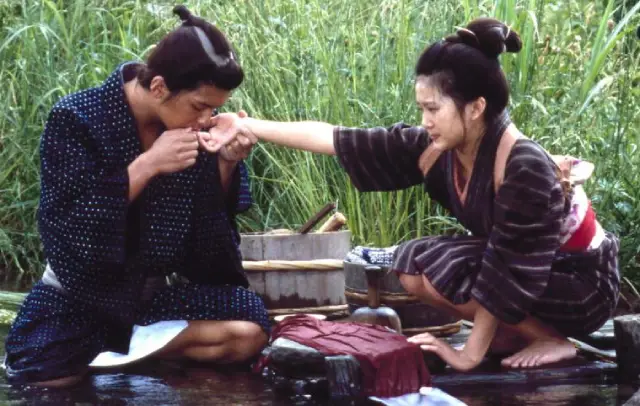
The costumes, settings, and script of The Samurai I Loved immediately transport samurai film enthusiasts back to the golden era of classic black-and-white samurai masterpieces.

